Examination of Another PG&E Ignited Wildfire: The 1,505 square mile (963,309 acre) Dixie Fire
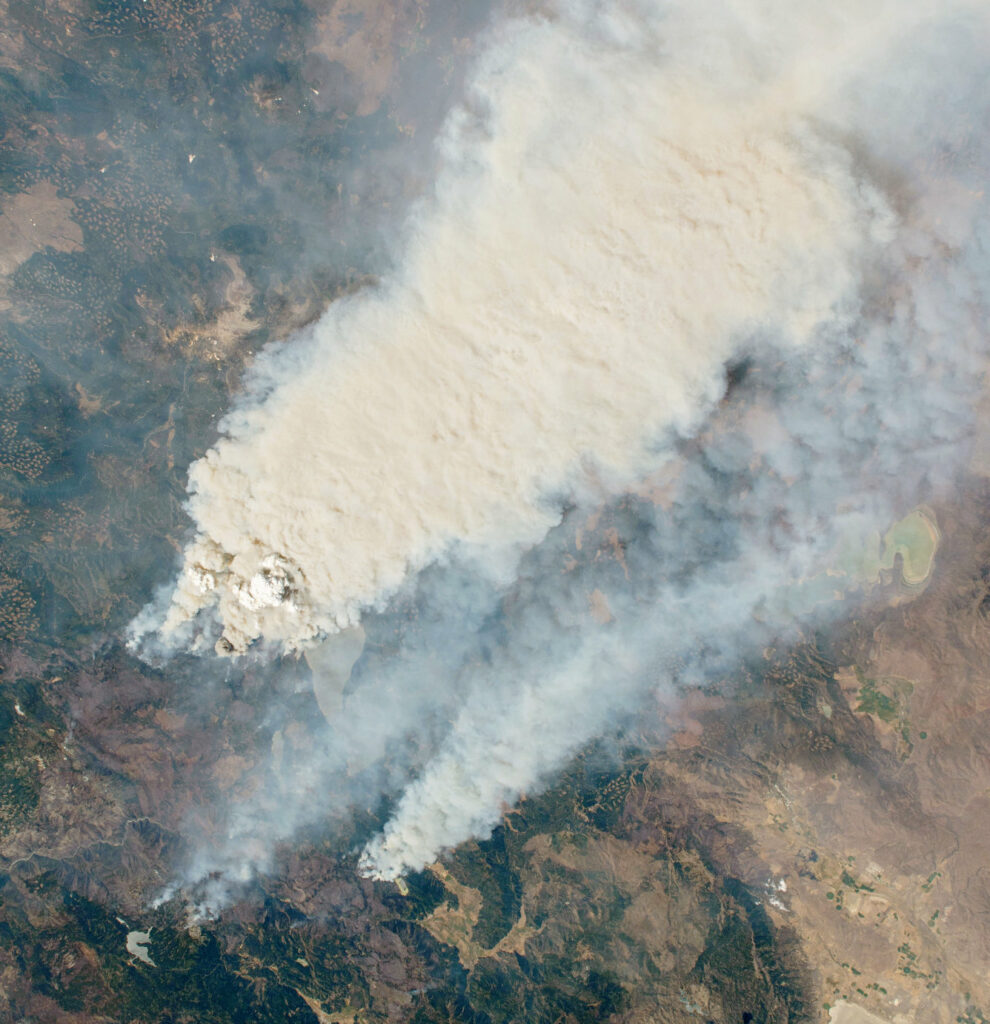
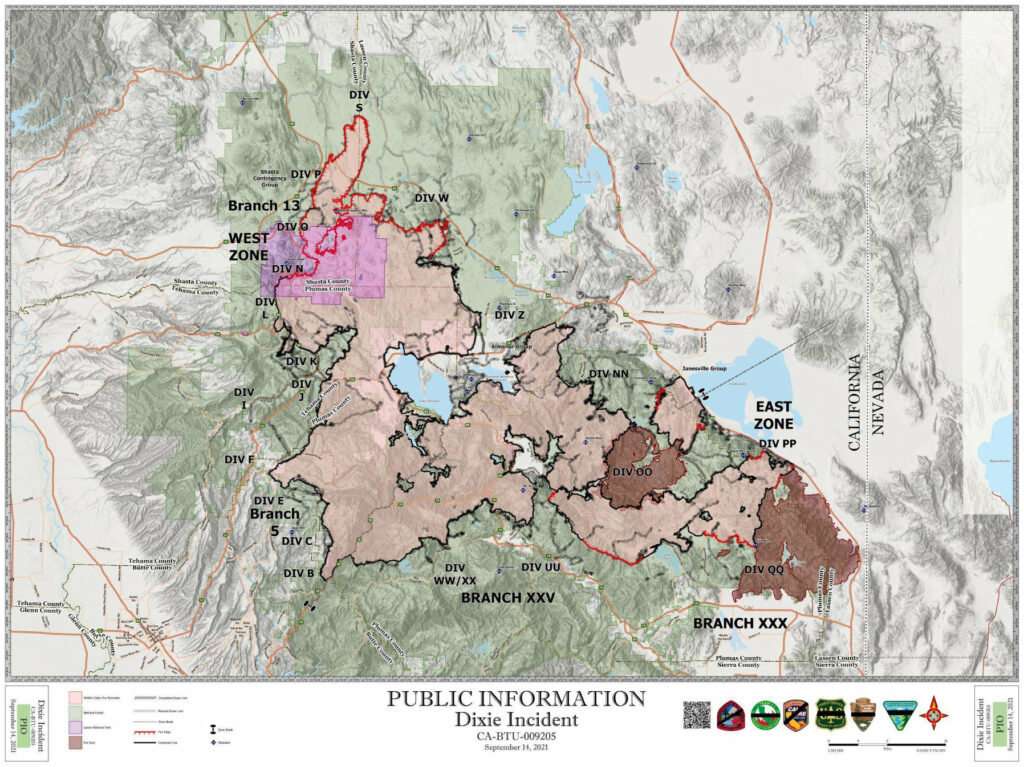
This huge fire was ignited on July 13th, 2021 by an electrical fault on a PG&E distribution circuit that supplied their Cresta Dam powerhouse on the North Fork Feather River along State Highway 70 in Plumas County. The fire was declared contained on October 24, 2021. This fire crossed the Sierra Nevada divide burning almost to the border with Nevada. Several communities were damaged or destroyed including Greenville, Canyon Dam and Indian Falls. Media reports indicate more than half of Lassen Volcanic National Park burned in this fire. Park officials state that 73,240 acres of the park were burned at various levels of severity. The Dixie Fire was by far the largest fire in the 105 year history of the park.
Below are photos from near the site of the reported circuit failure and wildfire ignition. This area is upslope from the PG&E power station on the Feather River.
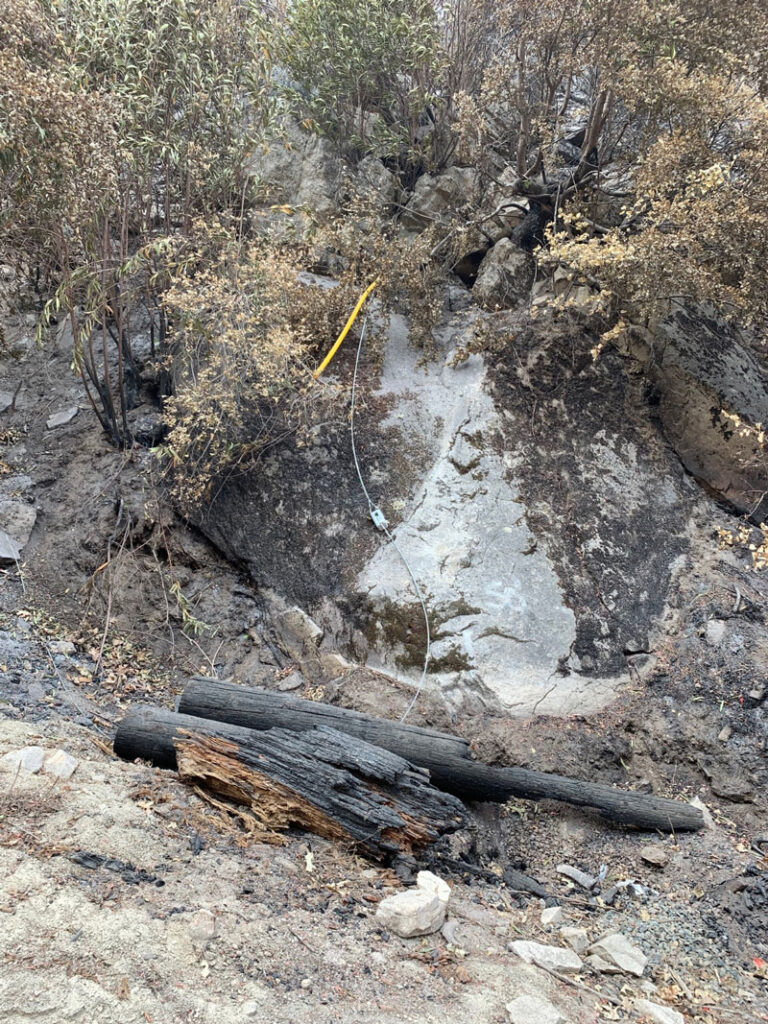
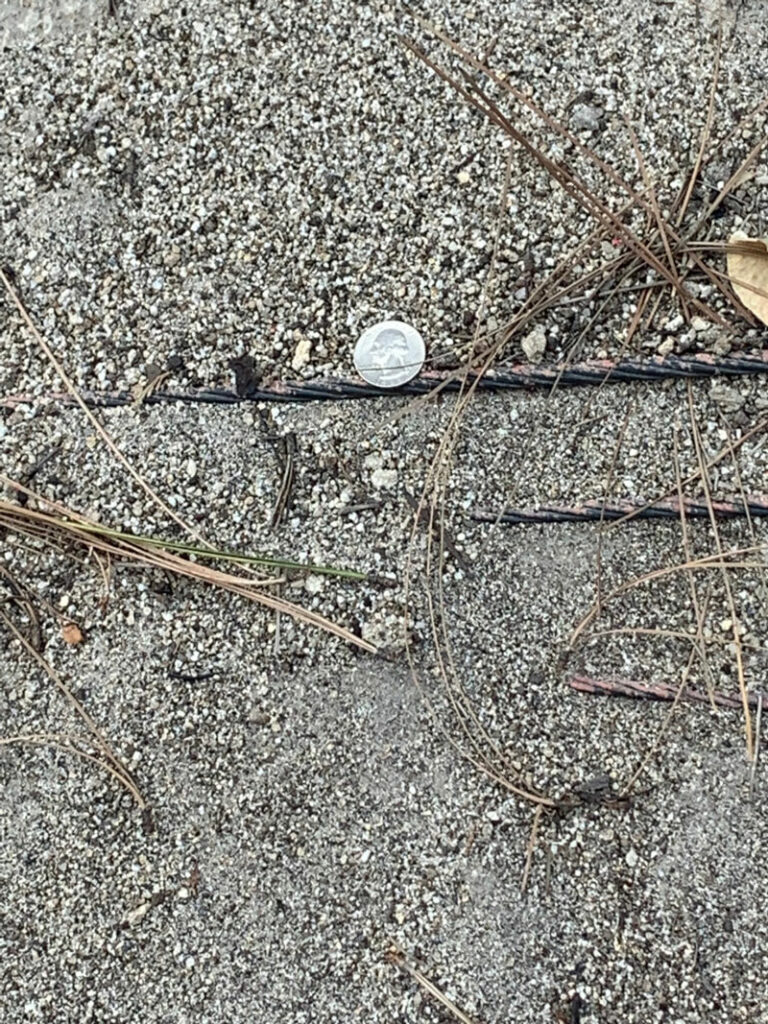
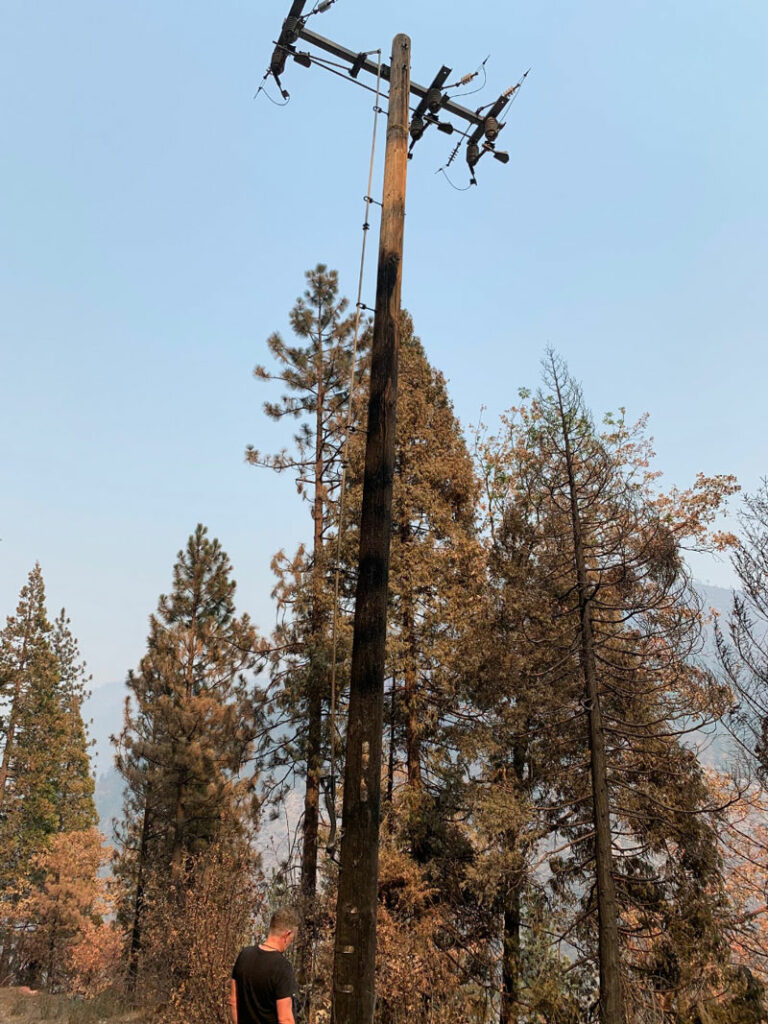

Burned power pole with 3 phase manual switch, and closeup of switch. Cables are removed, perhaps for the CalFire investigation.
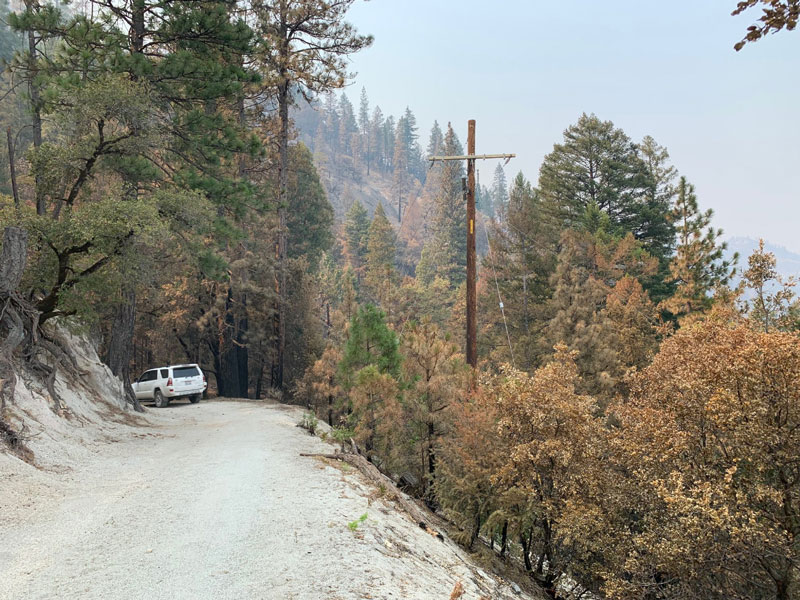
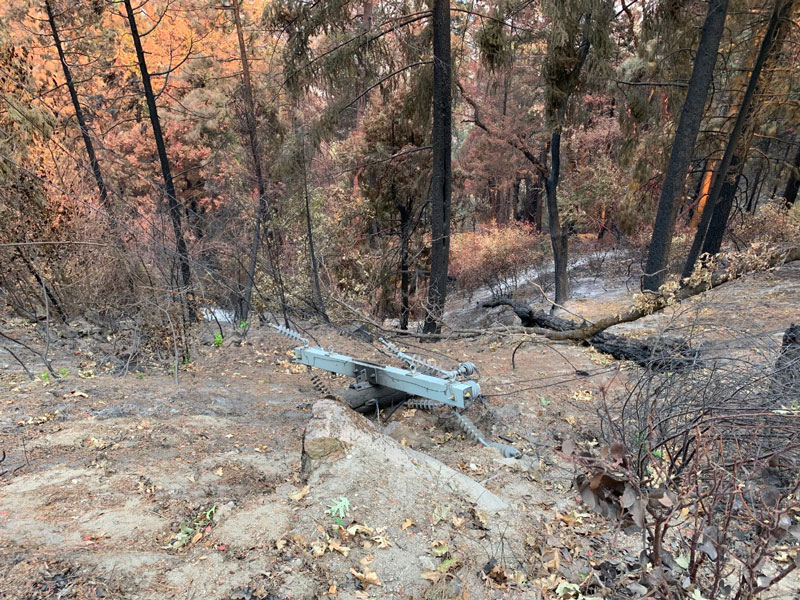
These forests are severely impacted by global warming driven drought. We think it will now be impossible to use bare wire equipment in these environments without a very high risk of power utility ignited fires.
Southern CA Edison is replacing extensive circuit miles of uninsulated conductor cables with fully insulated cable. If you have been misled by the notion that it’s not possible to insulate high voltage cables, then look at these next pictures. One is of multi-conductor high capacity cable and the other photo is spacer cable. Hendrix Cable is a prominent manufacturer of fully insulated and very strong spacer cable systems.
Spacer cable systems are very strong and safe. In the eastern US several municipal utilities are installing spacer cable because it is virtually immune to ice storms that add heavy ice weight onto power cables.
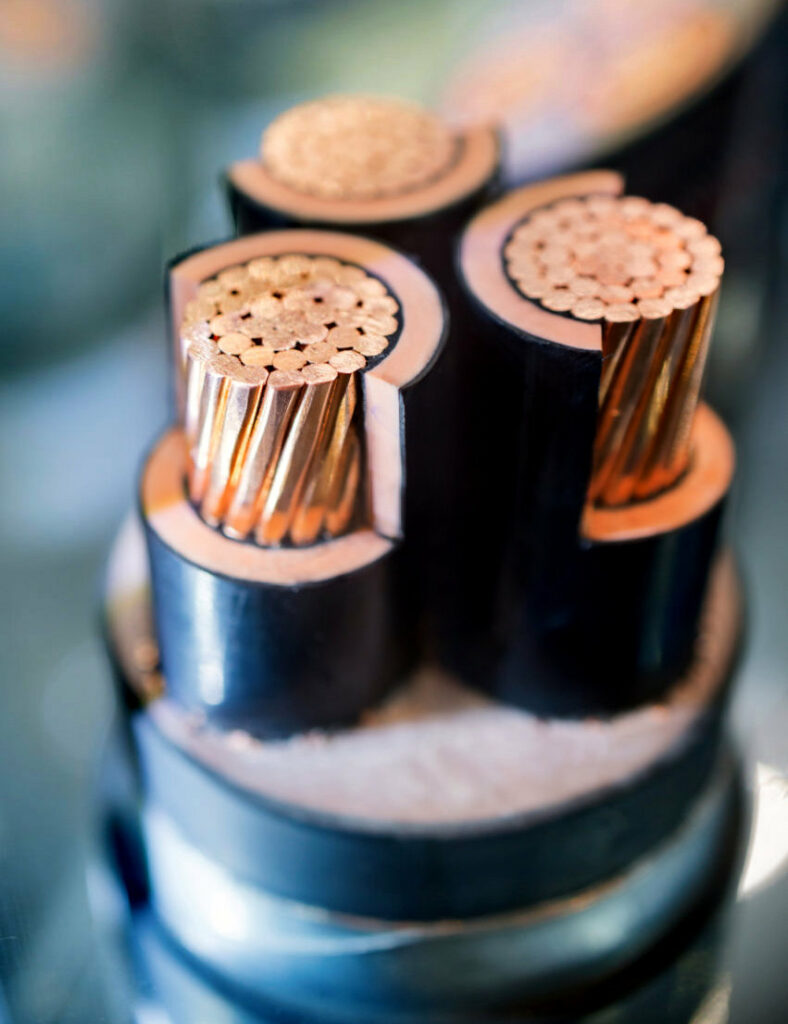
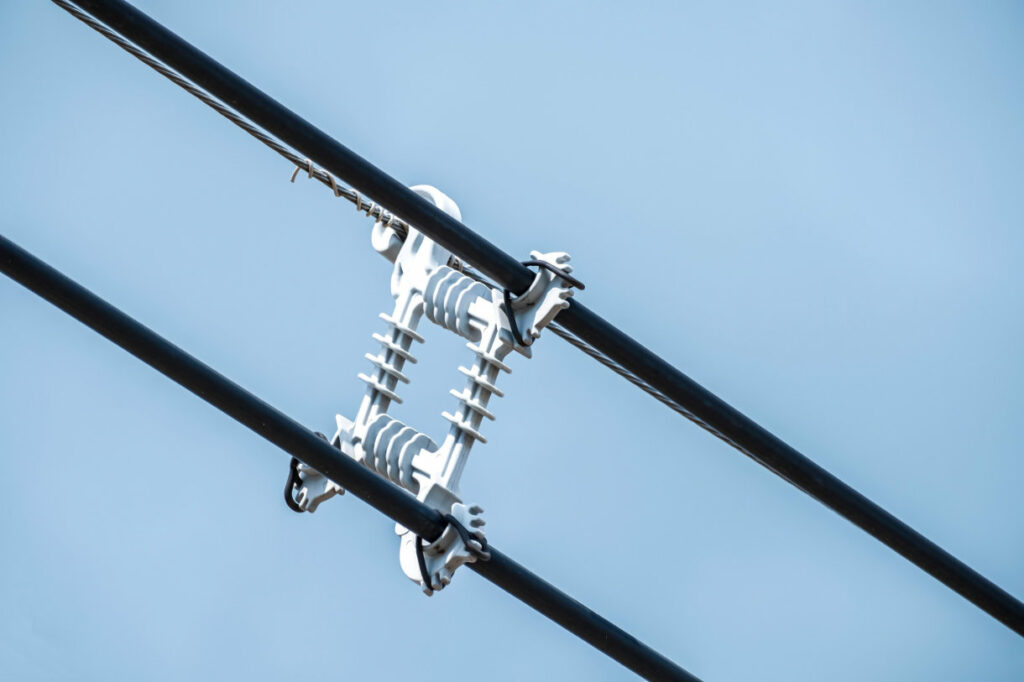
The photo on the left is engineered cable. It appears to be designed for under-grounding. It’s shown here to demonstrate how far cable and materials engineering has come, in terms of circuit safety.
Below are the Facts that explain how the Dixie Fire started and why this immense wildfire should have been prevented.
This huge wildfire started on July 13, 2021. It was clearly preventable. PG&E knew that the power line circuit that ignited the Dixie Fire was experiencing an electrical fault hours before this fire actually started. CalFire referred to PG&E’s decision to leave this circuit energized all day as “negligent.” Also the tree that made contact with power lines was badly and visibly damaged in two previous wildfires and should have been removed years before. And, in our opinion, the bare wire utility equipment involved should not have been used in such a fire prone location.
The following text quoted from Cal Fire’s Investigation Report 21CABTU009205-58:
“It is my determination the prolonged response to the initial outage and fault that occurred at 6:48 AM, was a direct and negligent factor in the ignition of the fire. Had PG&E arrived on scene earlier, they could have detected the fault (subject tree in conductors) and opened the third fuse before it had time to ignite a receptive fuel bed. Per the SCADA data the fault and subsequent outage occurred at approximately 6:48 AM. Per witness statements from Butte County Public Works employees the bridge work did not commence until 9:00-9:30 AM. This provided several hours for PG&E to respond to the location of the fault prior to bridge work.
It is my determination that when PG&E could not access the fault because of the bridge work, they could have opened the 941 switch and de-energized that portion of the Bucks 1101 circuit. It is common and historic knowledge that the Highway 70 corridor is known for extreme fire danger and poor access. Several large and devastating fires including the Camp Fire (a PG&E caused fire) have ignited over the last several years in that geographical area. It is also common knowledge that the month of July in Butte County and surrounding areas is peak fire season, yet no sense of urgency was demonstrated by PG&E to determine that cause of the fault in a fire prone area during a severe time of year.
It is also my determination that through vegetative inspections required of PG&E the subject tree (approximately 65 feet tall and located approximately 50 feet from the conductors) should have been discovered and removed between 2008 and 2021. Had the subject tree have been removed per Public Resources Code 4293 the Dixie Fire would not have ignited on July 13, 2021.”
The Dixie Fire was the largest non-complex wildfire in California history according to CalFire.
CalFire sent their report to the Butte County District Attorney. The five Counties burned in Dixie Fire then opened a legal case.
This webpage has been amended based upon the contents of CalFire’s report. Our original informed speculations about the events leading to this utility wildfire ignition have proven accurate as previously published in this website.
We regard the use of uninsulated uncovered conductor cable and inadequate circuit protection as the third cause of this wildfire. Electrical conduction from one remaining energized cable sent high voltage power down the tree’s trunk to earth. High voltage electricity travels over the surface of non-conductive materials such as wood. This is called a high impedance arc fault. This was the source of fire ignition of the Dixie Fire.
The utility circuit that ignited this fire was left energized all day until a fire was finally burning, even though PG&E had knowledge that there was an electrical fault on this circuit early in the morning the day the Dixie Fire started. This electrical fault took hours to start the fire. Secondly, PG&E’s vegetation inspectors had thirteen years to notice a burn scar and remove this tree. This was not a small flaw in the tree trunk. It was major structural damage to the tree at its base. No homeowner objected to the removal of this tree. Huge numbers of healthy trees are destroyed by PG&E every year despite homeowner objections.
The Dixie Fire took hours to start. CalFire concluded there would have been no wildfire if PG&E has simply shut down their power line at a switch on the morning of July 13, 2021 after the company had knowledge of a problem on this line. Instead their troubleman reached the problem site ten hours after a circuit fault was indicated. When he finally reached the location of the problem in the power lines and opened the third fuse, he was too late to prevent the wildfire ignition.
The Counties of Plumas, Lassen, Tehama, Butte and Shasta were burned in this massive wildfire. The five County District Attorneys reached a settlement with PG&E after the release of the CalFire Investigation Report. This settlement allowed PG&E to avoid state criminal prosecution for the ignition of this fire. The decision to not pursue a criminal prosecution was said to be based upon the limits in CA law that would have resulted in smaller financial settlements from fines levied after a criminal conviction and because of delays in actually collecting those fines.
CalFire engaged Joe McNeal of Oroville to inspect the tree recovered from the site of the fire ignition. What follows is another quote from CalFire’s report.
“After McNeil’s examination, he advised me the tree most likely had visible damage he described as “cat facing” that may have been recognizable before the fire occurred. McNeil explained that “cat facing” is a term used to describe damage to the tree that generally occurs from a previous injury to the tree, such as fire damage or a mechanical equipment strike. McNeil advised me he would like to cut several portions from the stump and trunk for further testing and analysis. Due to the amount of damage the base of the tree and stump sustained from the fire, McNeil felt this was the only way to thoroughly examine the tree for age, degree of injury, decay, and stability. These were all factors in determining whether the injury or stability of the tree was recognizable pre-fire.”
“Inspection cuts taken from the base stump area of the subject fir tree show extensive fire damage from two previous wildfires.”
CalFire Commissioned Dendrology Analysis of the Base (stump) of the Fir Tree Involved with the Dixie Fire Ignition. Prior Visible Damage is Obvious
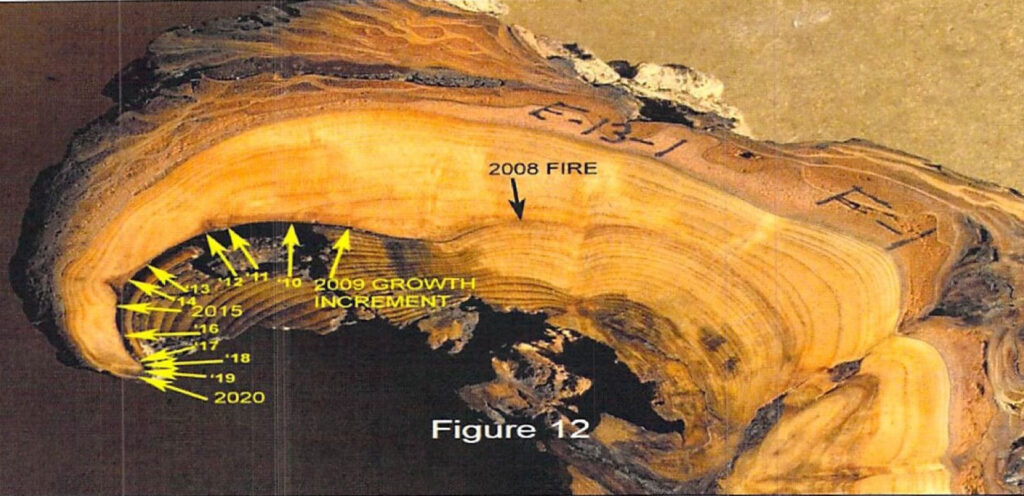
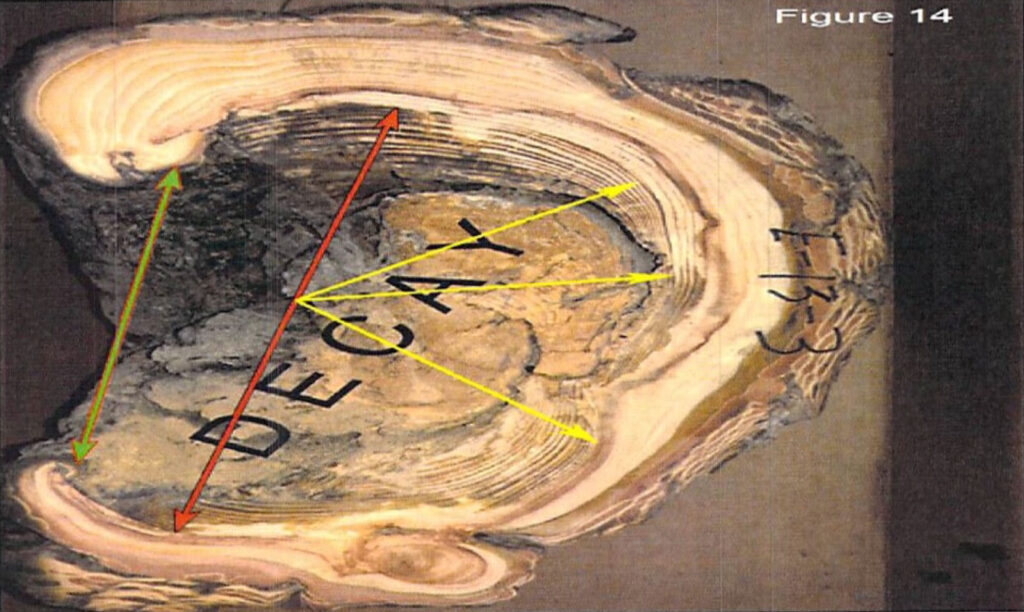
“McNeil stated in the conclusion of his report that the International Society of Arboriculture has a Tree Risk Assessment Qualification program.”
“It is McNeil’s opinion that such an assessment [Risk Assessment Qualification], following the protocol would have resulted in a risk rating of High for this Douglas fir tree.”
Concluding Comments
About 1,500 square miles of California burned in the Dixie Fire. No wildfire had ever before crossed the Sierra Cascade divide and burned from west to east over these ranges. This was an immense loss that included major damage to three towns and settlements, and a big portion of Lassen Volcanic National Park. The firefighting effort alone cost California $637 million. Smoke from this wildfire caused bad air quality across the western states. On August 6, 2021 in Salt Lake City air pollution exceeded the federal standard by three times over. It is difficult to find a sum total for the liability losses PG&E corporation paid to compensate the victims in this event. What is clear is that PG&E avoided criminal prosecution despite their negligent culpability. The District Attorneys of the five CA counties involved in the case concluded that a criminal prosecution would result in smaller and/or delayed liability settlements to the victims. One part of the overall settlement was that the ridiculous CA Public Utilities Commission ordered PG&E to spend $40 million of the Commission’s own assessment against PG&E to improve this company’s (PG&E’s) own notoriously bad record keeping.
